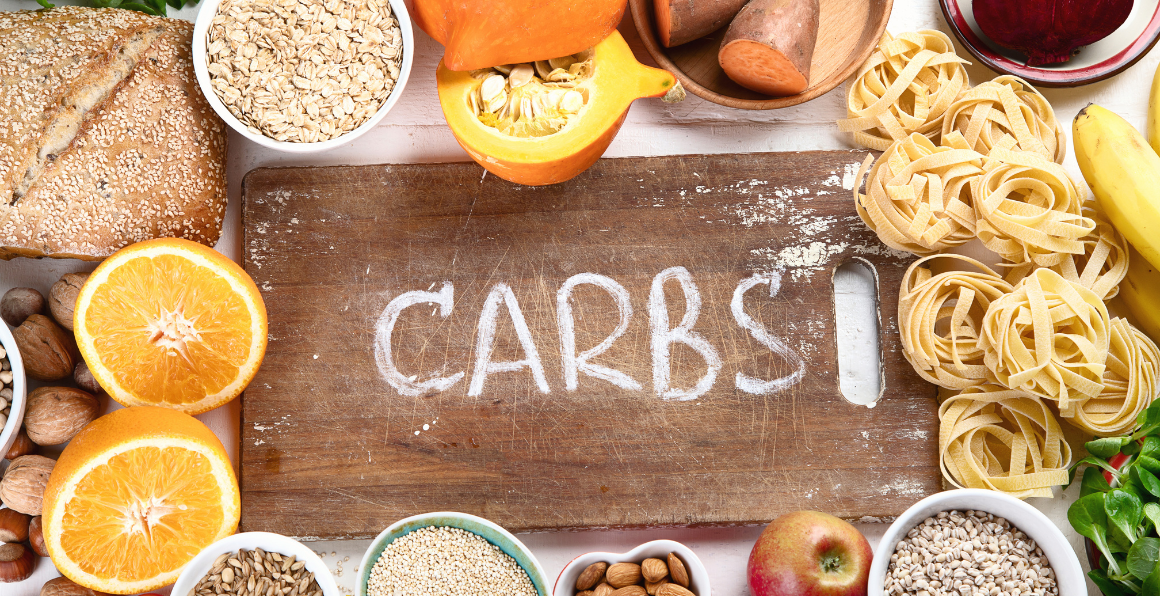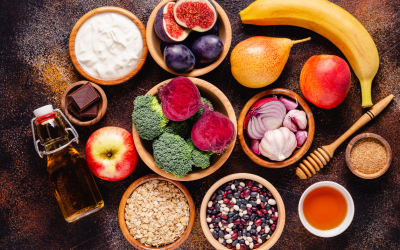Hearing that you have a new diagnosis of diabetes is a very emotional experience and many questions go through your mind.
When I was told I had gestational diabetes 14 years ago I’m pretty sure I went home and cried, feeling the “why me”? reaction. Well all those emotions are perfectly normal and you really just need to let yourself go through them.
At the same time getting some direction on what to eat is very helpful. You will probably get advice from everyone around you but if you want some professional advice to get you started, here are some tips:
1. Until your blood sugars are in control try to completely cut out the sweetened beverages.
This includes soda, juice, punch, sweetened teas, coffee drinks with added sugar, etc. Water and other unsweetened drinks are your best choice. Milk does have some natural sugar also but you don’t need to cut that out. Just keep your serving to an 8 oz glass 2-3 times a day.
2. Eat 3 small meals a day.
Your body can control your blood sugar much easier if you eat small amounts of carbohydrate at one time. Logic would tell us that not eating should lower our blood sugar but if your body is not processing carbs like it should, your body may need medication to get things working again. Sometimes these medications are temporary and in other situations they are necessary long term.
3. Trim down the super-sized meals, especially the starches.
This not only applies to fast food and other restaurant meals, but to our big meals at home. Often our evening meal is our biggest of the day. If you tend to have large portions of bread, pasta, rice, potatoes, corn or other starches try to cut those down to smaller portions. It’s not necessary to completely cut them out, but if you feel you are overeating just cut them in half.
4. Try more non-carb snacks when you get hungry.
Some choices are nuts, raw veggies with dip, string cheese, hard boiled egg, or beef jerky.
5. Craving sweets?
Go ahead and have a little of what you are craving. Just try to keep it to a small portion such as a couple small cookies or snack size candy bar. Dark chocolate in small amounts tends to be more satisfying than milk chocolate. Your healthiest option is fresh fruit and often it will satisfy the sweet craving better than added sugar sweets.
6. Keep moving.
Exercise is usually not the first priority with newly diagnosed diabetes and you may not feel like exercising, but it can be helpful to try and walk or do light activities that keep you moving unless your doctor has given you activity restrictions. If your body is able to use its own insulin then moving the arm and leg muscles can help lower the blood sugar.
7. Make sure you connect with a dietitian or diabetes educator.
Learning you have new diagnosis of diabetes is overwhelming but we can help. A Certified Diabetes Care & Education Specialist can help you learn how to manage your diabetes. If the CDCES is also a dietitian, they can help you with a food plan. The most common thing I hear from my clients after our first meeting is how relieved and surprised they are to find out they don’t have to give up their favorite foods!
Getting the knowledge, tools and ongoing support is key to not letting diabetes take over your life!
Need more help figuring out how to beat this new diagnosis of diabetes?
If you live in Minnesota or South Dakota and would like to work with me virtually, contact me!
If you are a do-it-yourself kind of person, and want to know what your first 3 priorities should be for making diet changes, you can purchase my $7 workbook that walks you through the details step-by-step.
You can also get more information at the American Diabetes Association website.







0 Comments